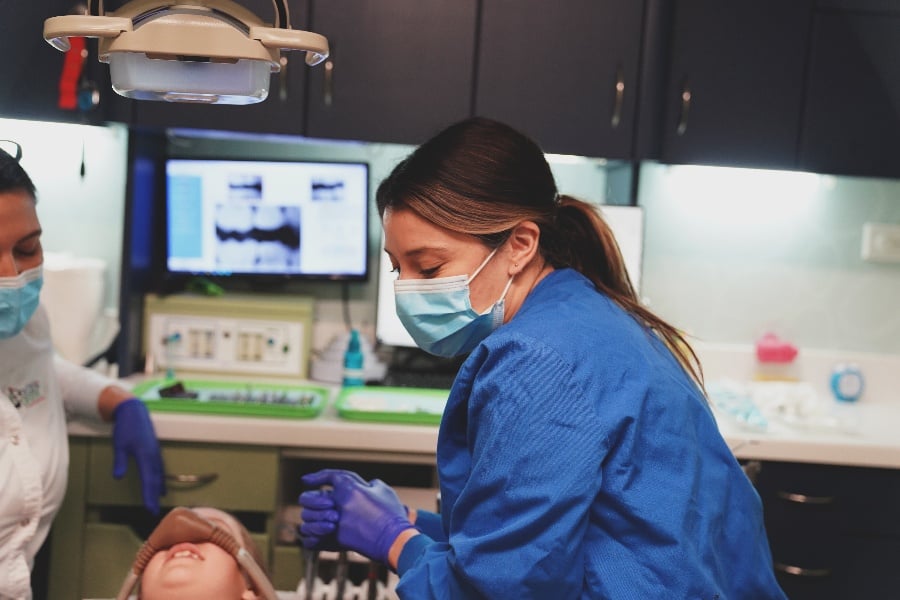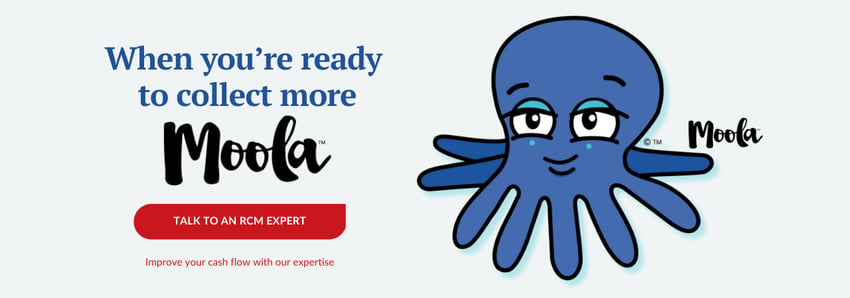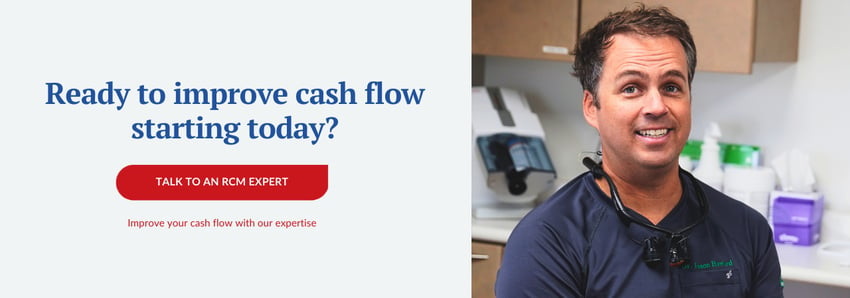3 dental narrative tips that lead to insurance claim acceptance


You’re a dental professional writing up a dental narrative for your claim, but you’re unsure you’re completing the dental narrative correctly. Writing a clear and accurate dental narrative is necessary for successful insurance claim submission. But you’re worried about including all of the necessary information, and how time-consuming it will be.
Dental ClaimSupport is an award-winning dental billing partner that helps dental teams get the insurance cash flow they can count on. Through our years of working with dental teams, we’ve seen how dental narrative errors can halt the insurance claims process. Dental narrative mistakes can lead to claim denials that keep your team from getting the income you have earned.
In this article, you will have 3 evergreen dental narrative tips. Even though technology and the rules of insurance change regularly, following these tips can help your team complete more accurate dental narratives.
And this leads to more accurate claim submission, which results in faster claims income.
1. Avoid stock narratives
A stock dental narrative is a pre-written dental narrative that includes some keywords that insurance companies can pick up on and determine your reimbursement. It could be a narrative that someone used for a previous patient that was accepted, so to save time, you may have used the same description again.
We get it. Paperwork, specifically dental narratives can be tedious. And using a stock narrative is definitely an easy way to do dental narratives. But a dental narrative, in a way, is the patient’s story. You’re not using dental codes, you’re using words to describe what the patient’s treatment was, and the reason that treatment was necessary.
The reason it is harmful to use stock narratives is that it is not always accurate to what your patient always needed or what their treatment was. It is not specific to that individual patient if it’s copied straight from another patient’s narrative.
Not only could this lead to inaccurate claim submission, but it could lead to fraudulent claim filing and reimbursement. As we said, a previous patient’s narrative cannot be identical to your current patient’s - so relying on a stock narrative is a false claim submission. And if your dental practice is ever audited, this claim fraud can lead to a loss in your good reputation or worse - your dental license.
Learn more about illegal dental billing practices in our Learning Center.
2. Keep the narrative concise and to the point (by still including necessary details)
When we say dental narratives are your patient’s story, we don’t mean to write a novel about them! Dental narratives should be straightforward.
Every insurance provider is a little different, but each plan requires different details on the dental narrative. Include all of the necessary facts of their procedure, and what the patient’s insurance provider is looking for as justification for the treatment. Make sure you include why the treatment was necessary and the details of the procedure performed.
For example, if you perform a porcelain/ceramic crown (D2740) on tooth #8, you may want to review the clinical notes to include details on the narrative such as:
- If a replacement- the reason and date of the original placement
- Tooth Condition, pathology
- If it is for cosmetic reasons- describe in detail
- Existence of decay with the amount and location
- Details if the tooth had a previous root canal or planned root canal
- Size of prior filling restoration
- Estimated tooth structure percent remaining after decay removed or tooth fractured
- Condition of remaining tooth structure with notes of any fractures (include the location of the fracture)
- Cracked tooth syndrome should include details of the diagnosis such as “Tooth Slooth” (pressure test, etc….)
- Periodontic and endodontic prognosis of the tooth
- Any symptoms that the patient may be experiencing
- Attach the radiographic image(s) or Intraoral image(s)
- Prep and Seat Date
This is the purpose of the narrative. And this kind of information can’t always be gleaned from an x-ray or photo. But we’ll get more into that later.
To keep your narrative concise, remember that you can use common dental abbreviations - the person reviewing it will know what you’re referring to.
3. Include information that an insurance company would not glean from an x-ray or photo
Remember, the purpose of your dental narrative is to explain why a procedure or treatment was needed.
It’s common for dental professionals to rely on their x-rays or intraoral photos to tell their patient’s story. But there are details you can’t always catch by just looking at a photo or a radiograph. When you are the treating dentist, looking right into the patient’s mouth, it might seem obvious why treatment is needed. But to the person reviewing your narrative - they aren’t there with you.
They can’t always come to the same conclusion as you would from just looking at an image. This is why you need to include the less obvious details in your narrative so that the person reviewing it can understand the need for treatment.
Make sure you are describing the functionality (or lack thereof) of the tooth to prove the need for treatment. Sometimes images only show the discoloration of a tooth, which is sometimes overlooked by insurance companies. Identifying discoloration isn’t enough - you need to describe the amount of decay or damage to the tooth.
Interested in learning more dental billing tips?
Dental narratives require detail that can take a lot of time out of your day - but they are necessary for timely claim reimbursement. Remember to avoid stock narratives, keep your narratives concise and to the point, and include details that your images might not capture.
Dental ClaimSupport is a dental billing friend that helps your team deliver an excellent dental experience. Our billers handle your claims so that you can focus on other tasks in the office, such as filling out the narratives.
To learn more dental billing tips that will lead to a worry-free claims process, read our article “5 dental billing tips for success.”

Related Posts
Dental revenue resources from Dental Claim Support

